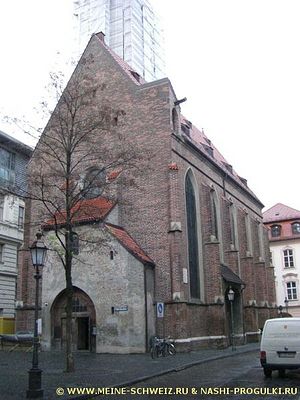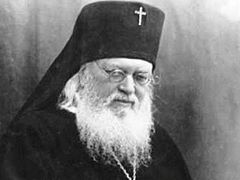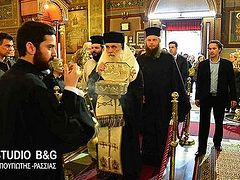Munich, October 1, 2013
 The Greek Orthodox Church of the Savior (Salvatorkirche)
The Greek Orthodox Church of the Savior (Salvatorkirche)
Archbishop Luke (Valentin Felixovich Voyno-Yasenetsky, 1877-1961) was an outstanding surgeon, professor of medicine, a spiritual writer, and a hierarch-confessor of the faith. The time of his youth was also connected with Munich, where his teacher was the German painter Heinrich Knirr (1862-1944). The historians suppose that young Valentin Voyno-Yasenetsky probably attended services in Munich in this very church—the only Orthodox Church in the capital of Bavaria of that time.
On September 27–29, solemn services with participation of Metropolitan Joel of Edessa and Bishop Bartholomew (Patriarchate of Constantinople), Bishop Agapit of Stuttgart (ROCOR) and local clergymen were celebrated in the Church of the Saviour.
The bringing of the relics of St. Luke has been timed to "The day of Orthodox parishes of Munich", which took place on September 29 in the Greek parish of the Savior.
Situated in the historic part of the city, this former cemetery church of the Savior (1494) and former Domkirche (Cathedral Church), later given to Orthodox Greeks, is famous for the fact that from 1832 on it was regularly attended by workers of the Russian embassy and their family members. Here, Fyodor Ivanovich Tyutchev (1803-1873), the great Russian poet and diplomat, would go to pray, and his children were baptized here. The altar of this church has a Russian-made epitaphion (symbolic burial shroud of the Lord) of work—a gift of the Russian people who attended services in this church in the 19th century.



